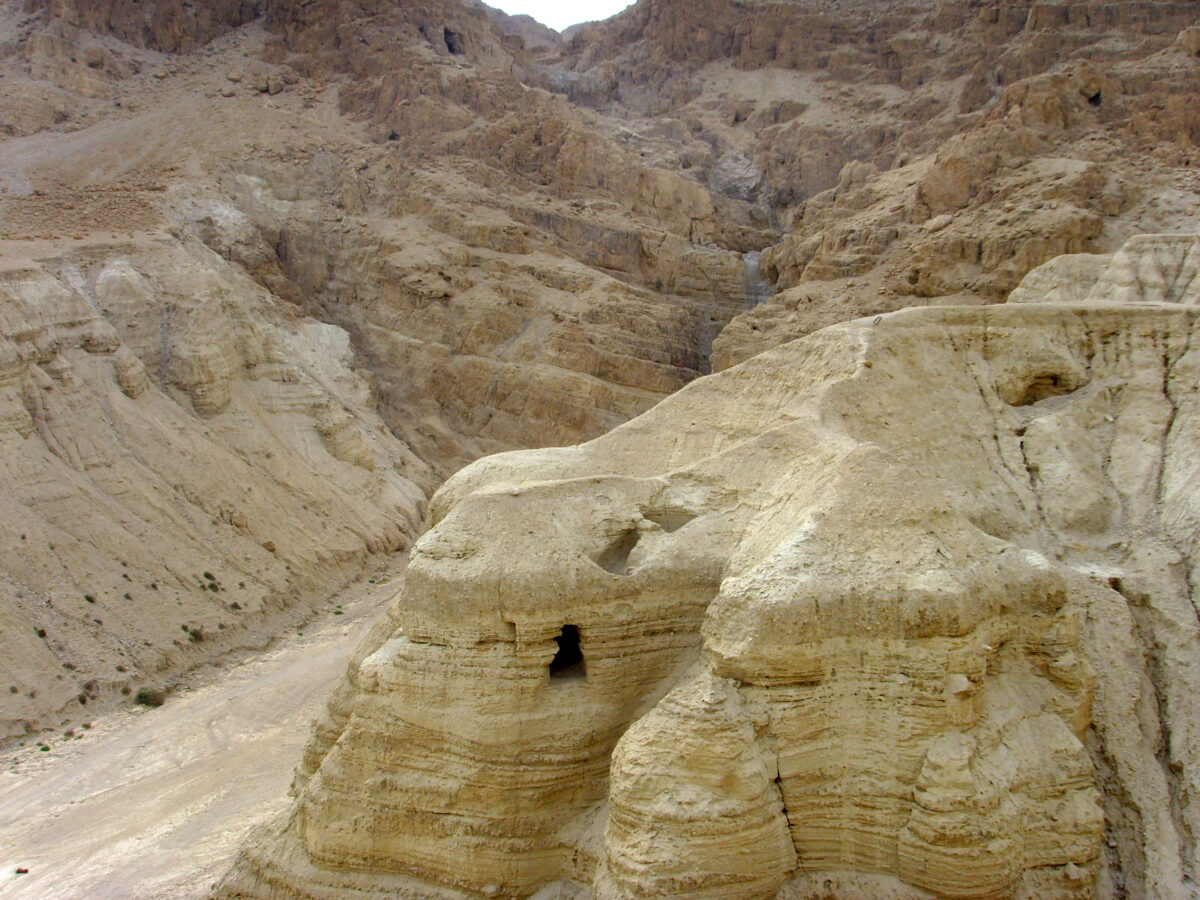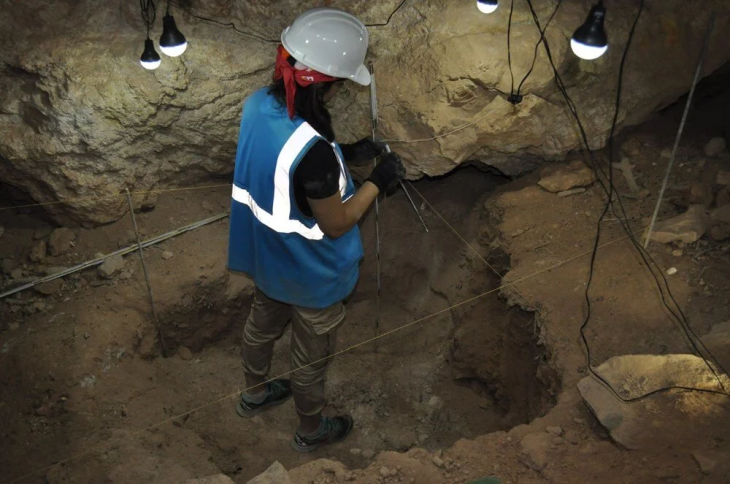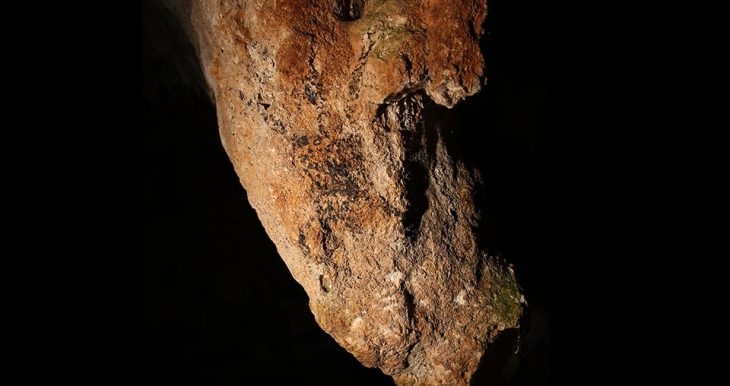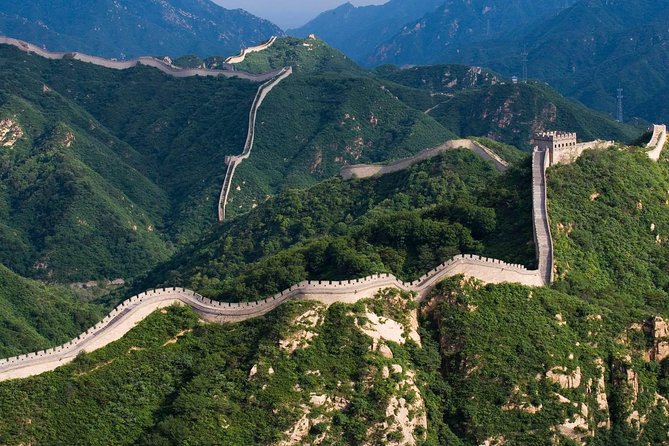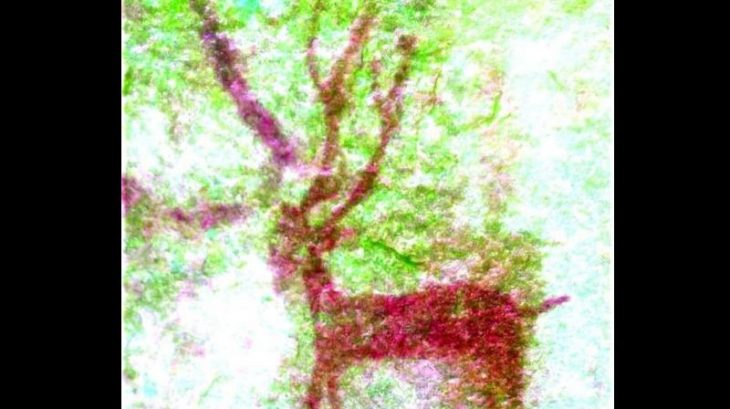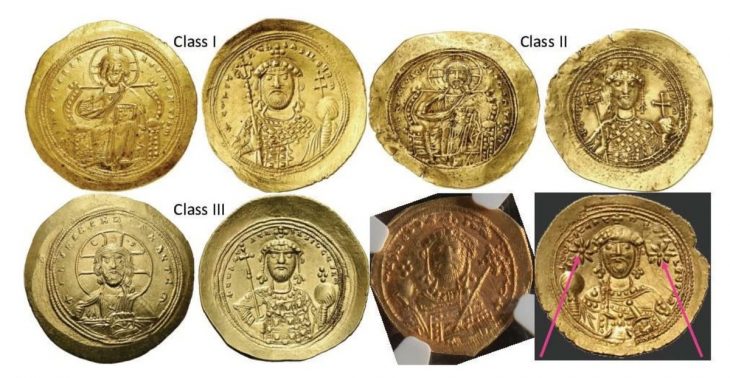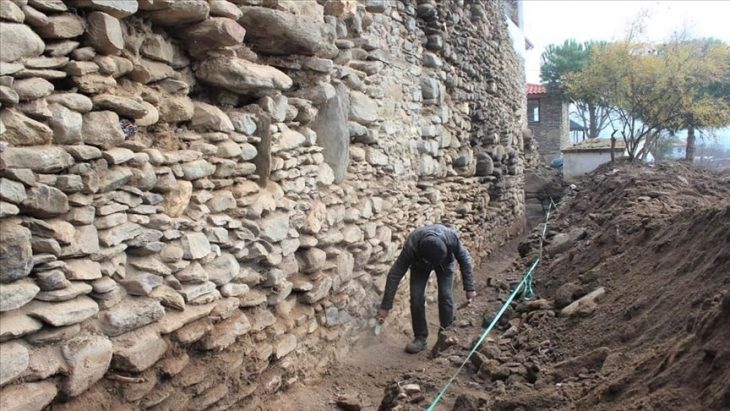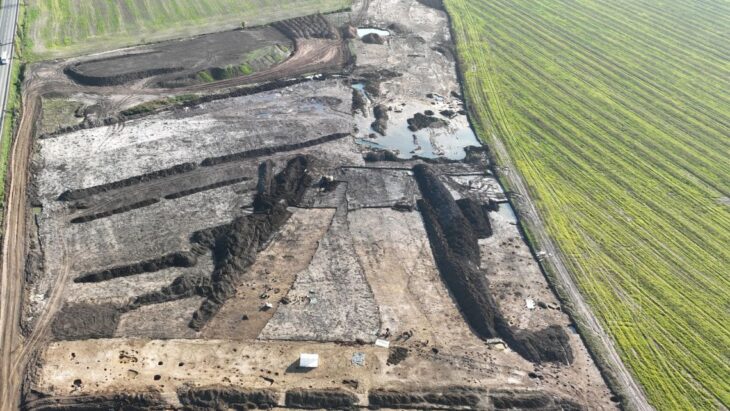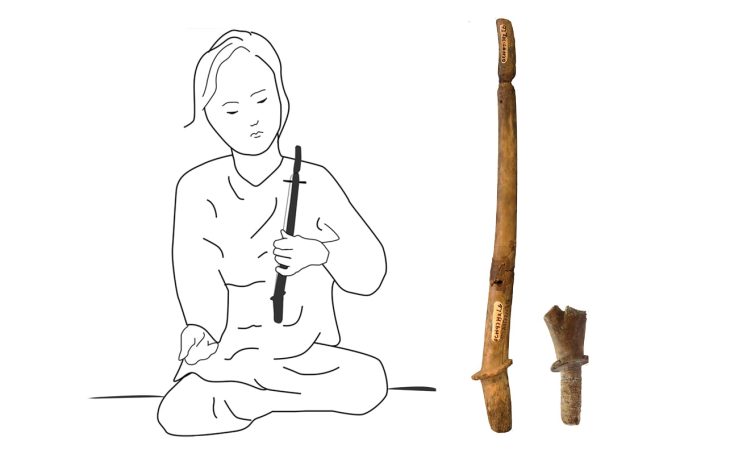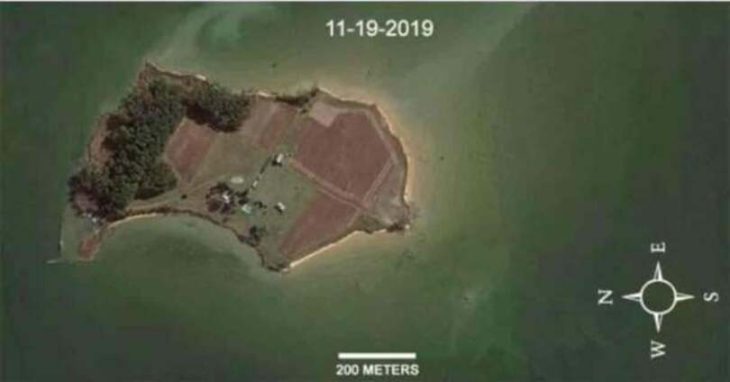Archaeologists have uncovered a rare 1,900-year-old Aramaic inscription in a Dead Sea cave near Ein Gedi, possibly linked to the Bar Kochba revolt.
A team of Israeli archaeologists has made an extraordinary discovery deep within a Dead Sea cave near Ein Gedi National Park — a four-line Aramaic inscription dating back nearly 1,900 years. Engraved in square Hebrew script, the text begins with the haunting words: “Abba of Naburya has perished.” Experts believe the inscription may be connected to the Bar Kochba revolt (132–135 CE), a Jewish uprising against Roman rule.
A Rare Written Record from the Judean Desert
According to researchers from Ariel University, Tel Aviv University, and the Hebrew University of Jerusalem, inscriptions from this era are exceptionally rare. Aside from the Dead Sea Scrolls, most written artifacts from the Judean Desert consist of only a single name or word. This four-line text, measuring approximately 8 by 3.5 centimeters, is therefore considered a major archaeological find.
The name “Abba” was a common Jewish personal name in the first centuries CE, while “Naburya” refers to a Jewish village in the Galilee, near present-day Safed. The remaining three lines of the inscription have yet to be fully deciphered, though partial words such as “on us,” “he took,” and “the” have been identified.
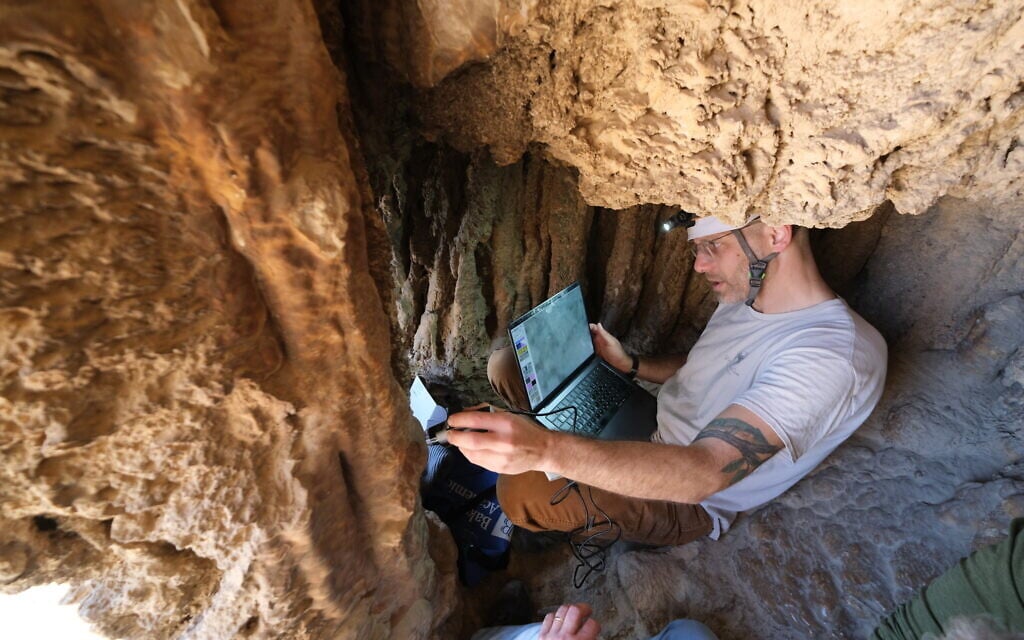
Discovered Alongside Roman Swords
The discovery came during a 2023 expedition to photograph an older First Temple period inscription on a stalactite in the same cave. Using multispectral imaging, the team unexpectedly spotted the Aramaic text — just inches away from four exceptionally well-preserved Roman swords and a Bar Kochba coin.
📣 Our WhatsApp channel is now LIVE! Stay up-to-date with the latest news and updates, just click here to follow us on WhatsApp and never miss a thing!!
Archaeologists believe the swords were likely seized from Roman soldiers by Judean rebels and hidden in the cave to avoid detection. Three of the swords were still sheathed in their scabbards. The cave, too small to serve as a dwelling, may have been used as a guerrilla outpost during the revolt.
The Language and Script
The inscription is written in square Hebrew script, the same script still used in modern Hebrew writing. This style gradually replaced ancient Hebrew script after the Babylonian exile in the 6th century BCE, becoming widespread between the 4th and 3rd centuries BCE as Aramaic emerged as the region’s lingua franca.
Paleographic analysis suggests the text dates to the 1st or 2nd century CE. While it cannot be determined with certainty whether it was carved during the First Jewish Revolt (66–73 CE) or the Bar Kochba Revolt, the close proximity to Roman-era weapons strongly points to the latter.
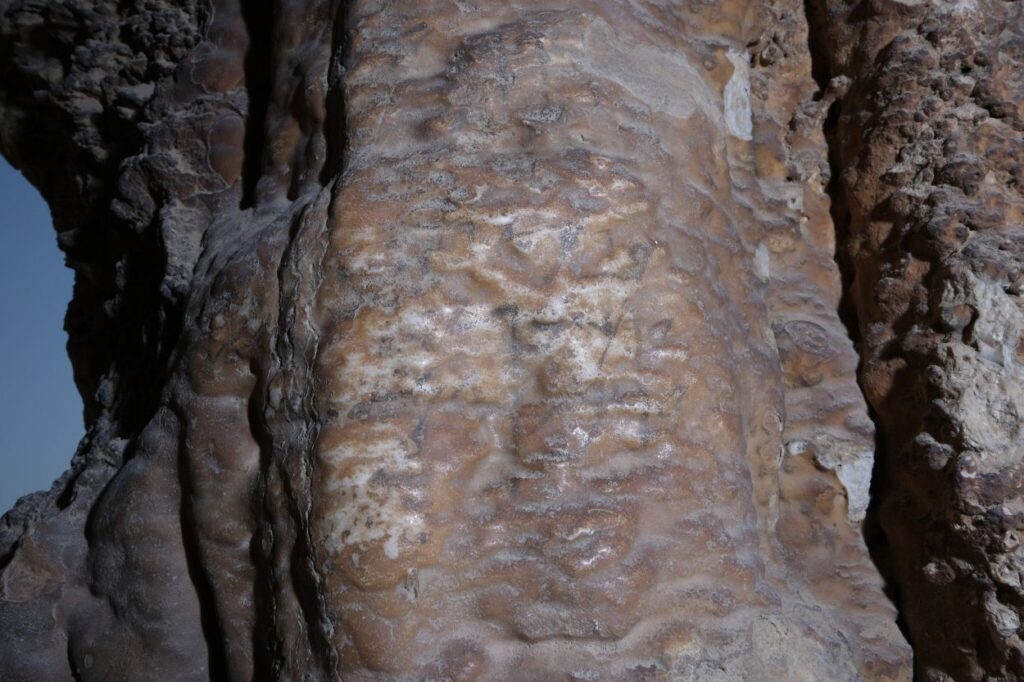
Dead Sea Caves: A Treasure Trove of History
The Dead Sea caves have long been a rich source of archaeological treasures. The most famous finds are the Dead Sea Scrolls, ancient Jewish texts discovered between 1947 and 1956 in the Qumran Caves. Dating from the 3rd century BCE to the 1st century CE, these scrolls include some of the oldest known biblical manuscripts and have reshaped scholarly understanding of Jewish history and early Christianity.
Many caves in the Judean Desert served as hiding places for Jewish refugees during periods of conflict. Narrow, hard-to-reach entrances and dry conditions helped preserve organic materials, making the region a rare time capsule for ancient artifacts.
Historical Significance
The “Abba of Naburya” inscription not only provides a rare glimpse into the lives of individuals caught in the turbulence of Roman-occupied Judea but also enriches the narrative of the Bar Kochba revolt. This was one of the most significant Jewish uprisings against the Roman Empire, ultimately leading to massive destruction and the dispersal of the Jewish population from Judea.
According to Dr. Asaf Gayer of Ariel University, the chance discovery of the inscription underscores the potential for new finds in the Judean Desert. “If this one was missed for so long, there could be others waiting to be found,” he noted. The team has since been surveying nearby caves with advanced imaging technology, already identifying additional fragments of inscriptions.
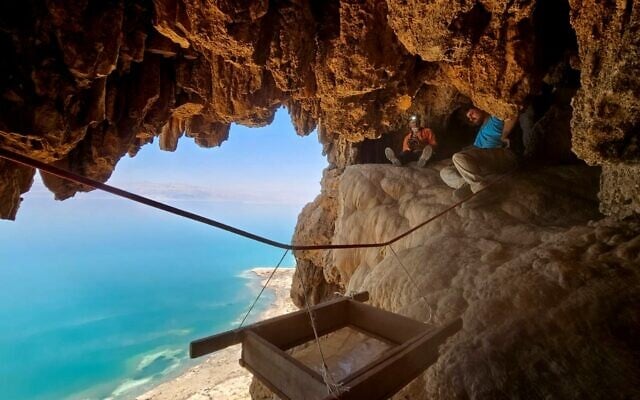
Continuing Research
Researchers are preparing a detailed academic publication of the inscription. While further decipherment of the text is uncertain due to its small size and worn condition, even single-letter discoveries contribute valuable information.
The find highlights the importance of ongoing exploration in the Dead Sea cave region, where each discovery adds another piece to the puzzle of ancient Jewish history.
Cover Image Credit: Public Domain

